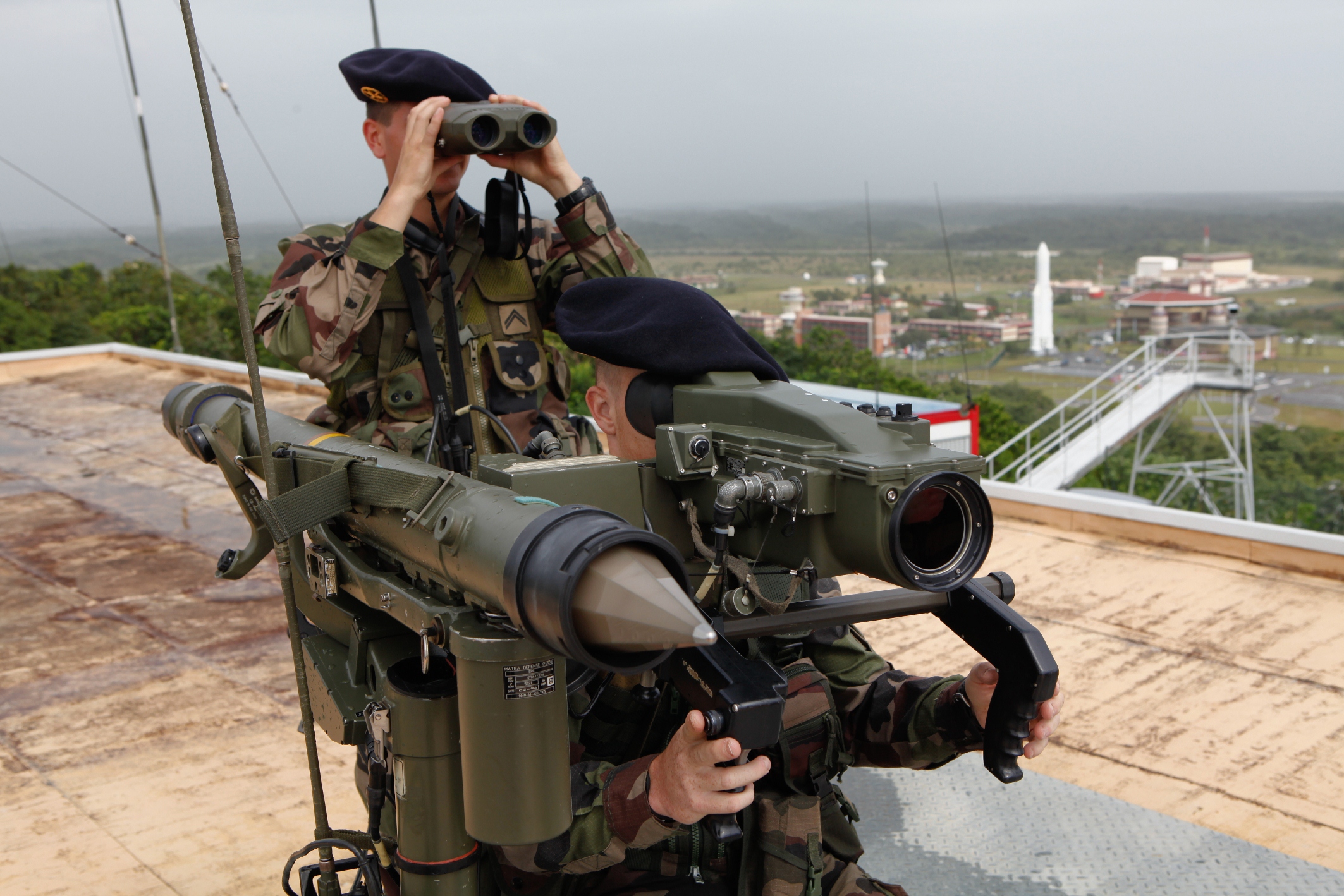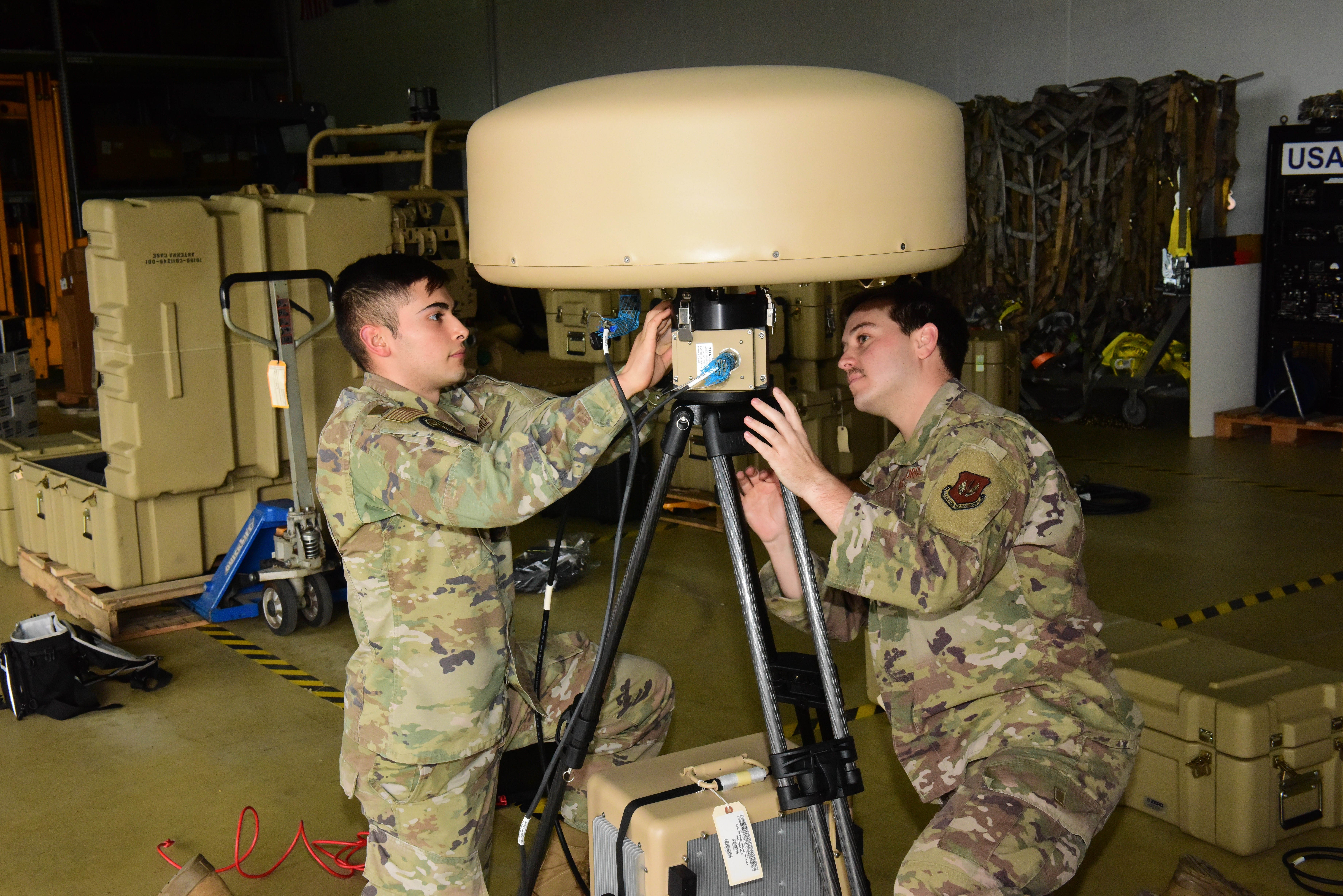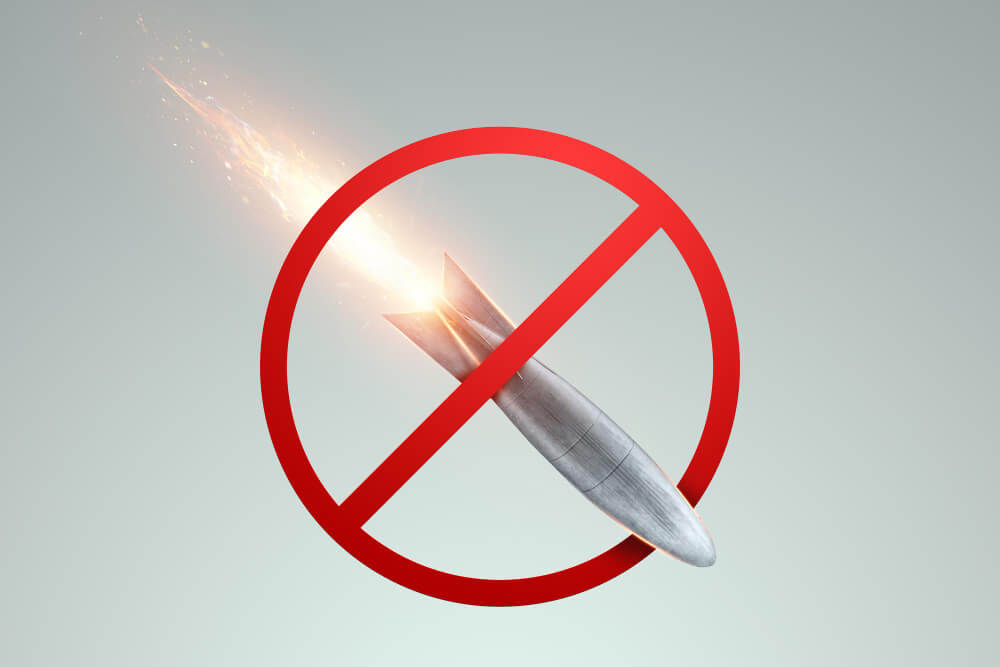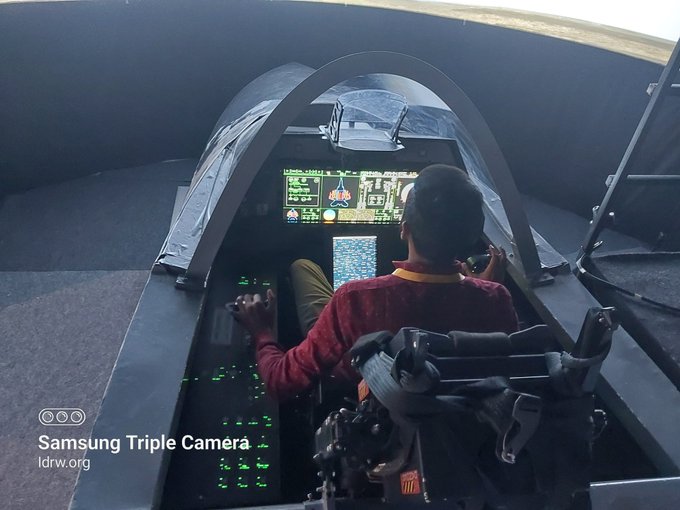SOURCE: AFI

GSL has signed a prestigious contract for the construction of next-generation TSH Dredgers (1+1) for a reputed European owner. This contract signing signifies GSL’s foray into foreign commercial shipbuilding and diversification in Hybrid Propulsion & Dredger construction.
The new dredgers will be equipped with advanced features and technologies, making them some of the most efficient and environmentally friendly dredgers on the market. The contract is a major win for GSL and positions the company as a leader in next-generation dredging solutions.
Continue readingSOURCE: RAUNAK KUNDE / NEWS BEAT / IDRW.ORG

The race for India’s next-generation fighter jet engine has intensified as French aerospace giant Safran has upped its offer. Following their proposal for complete technology transfer (ToT) for the joint development of an engine for the Indian Multi-Role Helicopter (IMRH) program, Safran has extended the same offer for the much-anticipated 5th generation Advanced Medium Combat Aircraft (AMCA) program.
This move by Safran positions them as a frontrunner in the competition, which also includes established names like General Electric (US) and Rolls-Royce (UK). The key differentiator is the 100% ToT, including Intellectual Property Rights (IPR), offered by France.
Continue readingSOURCE: RAUNAK KUNDE / NEWS BEAT / IDRW.ORG

France is making a strategic push to leverage India’s growing defence manufacturing capabilities. This move aims to establish a long-term partnership focused on co-production and export of weapon systems.
The French government is actively encouraging its Military-Industrial Complex (MIC) to explore partnerships with Indian private companies. The goal is to manufacture French weapons in India, specifically for export to third-party countries.
Continue readingSOURCE: RAUNAK KUNDE / NEWS BEAT / IDRW.ORG

NIBE Ltd has secured a significant business agreement with Thales USA to supply the Indian Navy with the MM-7000 TACAN (Tactical Air Navigation) equipment and related services. This state-of-the-art system promises to revolutionize navigation capabilities for the Indian Navy.
The MM-7000 TACAN system boasts a unique feature that sets it apart from previous iterations – its convenient man-portable configuration. This innovative design makes it the lightest, smallest, and most mobile TACAN ground station currently available.
Continue readingSOURCE: AFI

Chinese Air Force off late has been deploying its J-20 stealth fighter close to Indian border for last 3 years and increasing presence of the jet confirms that the PLAAF has been receiving large numbers of J-20 off late. IAF’s best bet is on the Dassault Rafale fighter jets when it comes to taking on J-20 stealth fighters. This analysis delves into the stealth features of the J-20 and Rafale and examines why the Rafale stands out as the best option for the Indian Air Force (IAF) until the indigenous Advanced Medium Combat Aircraft (AMCA) becomes operational.
The Chengdu J-20, developed by China, is often classified as a fifth-generation stealth fighter. It incorporates advanced stealth technology to minimize its radar cross-section (RCS), making it difficult to detect and track.
Continue readingSOURCE: AFI

Garden Reach Shipbuilders and Engineers (GRSE) is poised for a significant leap in water jet propulsion technology, thanks to a recent Memorandum of Understanding (MoU) with Kongsberg Finland. This collaboration holds immense potential for the “Make in India” initiative and future Indian naval and coast guard vessels.
Presently, most high-speed Indian Navy and Coast Guard ships rely on imported water jet propulsion systems. With the “Make in India” initiative gaining traction, increasing domestic production of crucial marine equipment is essential. Water jets, being extensively used in these vessels, become a prime target for indigenous development.
Continue readingSOURCE: AFI
)
Prime Minister Narendra Modi’s administration is poised to undertake significant reforms within the Defence Research and Development Organisation (DRDO), an entity pivotal to India’s defense capabilities. The proposed changes aim to address longstanding issues of inefficiency and talent acquisition but come with the risk of compromising the organization’s autonomy.
One of the most notable aspects of the reform plan is the increased micro-management of DRDO’s programs by both military and government officials. This shift from autonomy to more direct oversight could streamline decision-making processes and ensure closer alignment with national defense priorities. However, it also raises concerns about potential bureaucratic red tape and the stifling of innovative initiatives within the organization.
Continue readingSOURCE: AFI

In the precarious landscape of nuclear deterrence, India’s longstanding commitment to a “No First Use” (NFU) policy offers a glimmer of hope. This policy, enshrined in India’s nuclear doctrine, deserves wider recognition and global support.
India’s NFU policy unequivocally declares that it will only retaliate with nuclear weapons in response to a first strike by another nuclear-armed nation or a large-scale chemical or biological attack. This doctrine emphasizes restraint and proportionality in the face of potential nuclear threats.
Continue readingSOURCE: IDRW.ORG.

India’s Defence Research and Development Organisation (DRDO) is bolstering the country’s missile defense capabilities with the establishment of a new test centre in Junput village, West Bengal. This project comes in response to the increasing demands on the existing Integrated Test Range (ITR) located in Chandipur, Odisha.
The new facility in Junput, strategically situated on the Bay of Bengal similar to Chandipur, will provide an additional operational area for testing various weapon systems. Latest satellite imagery reveals significant progress at the Junput site, particularly the construction of a launch pad. This launch pad is specifically designed to fire target ballistic missiles in support of upcoming tests of India’s Ballistic Missile Defence (BMD) systems.
Continue readingSOURCE: IDRW.ORG.

The Indian government’s “strategic partnership” policy aims to invigorate the defense sector by fostering private sector participation through joint ventures with foreign companies. This approach seeks to blend domestic capabilities with advanced foreign technologies to enhance India’s defense production capacity. However, the practical implementation of this policy, particularly the use of Special Purpose Vehicles (SPVs), has led to considerable hesitation among private companies. Several factors contribute to this reluctance, highlighting the need for a more conducive environment for private participation in defense production.
Indian defense projects are inherently complex, involving substantial upfront investments. Technological challenges, protracted development cycles, and uncertain market conditions create a high-risk environment for private firms. The SPV model exacerbates these risks by placing a significant financial burden on private entities. Establishing and managing an SPV requires considerable resources and investment, which can be daunting given the uncertain returns. This financial strain is a critical deterrent for private companies considering entering the defense sector.
Continue readingSOURCE: AFI

A mechanic from Kerala, Jayesh, has been awarded a patent for his innovative design of a twin magazine rifle. This invention has the potential to be a valuable asset for the Indian defence sector.
Jayesh’s design modifies the standard single magazine rifle used by security forces and the military. Currently, soldiers must reload manually once their magazine is empty during combat. This critical process can waste valuable time and leave soldiers vulnerable.
Continue readingSOURCE: AFI

Yesterday, videos circulating on social media platforms X (formerly Twitter) and Instagram have sparked rumors of a Pakistan Air Force (PAF) fighter jet crash. Despite the widespread speculation and visual evidence, the PAF has not issued any confirmation or statement regarding the incident, nor has any Pakistani media outlet reported on the alleged crash.
The videos, which have quickly gone viral, purportedly show a fighter jet descending rapidly before crashing. According to various sources, the pilot successfully bailed out, as indicated by the Squadron Patch, suggesting a safe ejection. The fighter jet in question has been identified as belonging to PAF’s No. 14 Squadron, also known as the “Tail Choppers.” This squadron is a part of the PAF’s Central Air Command and is known for its expertise in air superiority missions.
Continue readingSOURCE: AFI

The Indian Space Research Organisation (ISRO) has revealed details about the Trishna mission, a collaborative effort with the French space agency CNES (Centre National d’Études Spatiales). Trishna, which translates to “thirst” in Hindi, is a aptly named satellite designed to address water and food security concerns in the face of climate change.
While a specific launch date remains undisclosed, ISRO has outlined the mission’s objectives and technical specifications. Trishna will be equipped with a Thermal Infra-Red (TIR) payload provided by CNES and a Visible-Near Infra-Red-ShortWave Infra-Red (VNIR-SWIR) payload built by ISRO. This combination will enable high spatial and temporal resolution monitoring of Earth’s surface temperature, emissivity, and biophysical variables.
Continue readingSOURCE: AFI

The Indian Naval Station (INS) Rajali recently inaugurated a state-of-the-art Airport Surveillance Radar (ASR) infrastructure, significantly bolstering its operational capabilities. This new system, installed by M/s Mahindra Telephony, incorporates a Monopulse Secondary Surveillance Radar (MSSR) for enhanced functionality.
The ASR acts as the eyes of the air traffic control system, providing a comprehensive picture of air traffic in the vicinity of INS Rajali. Prior to this upgrade, air traffic controllers relied solely on primary radar signals.
Continue readingSOURCE: AFI

In a significant move towards sustainable transportation, Bharat Electronics Limited (BEL) has become the first public sector undertaking (PSU) in Bangalore to incorporate electric vehicles (EVs) into its fleet. The company has leased 32 Tata Express electric cars from a travel agency to replace diesel-powered vehicles previously used by senior officials for daily commuting.
This initiative by BEL aligns with Bangalore’s growing focus on promoting eco-friendly transportation solutions. The city has witnessed a rise in EV adoption in recent times, and BEL’s decision serves as a positive example for other organizations to follow suit.
Continue reading